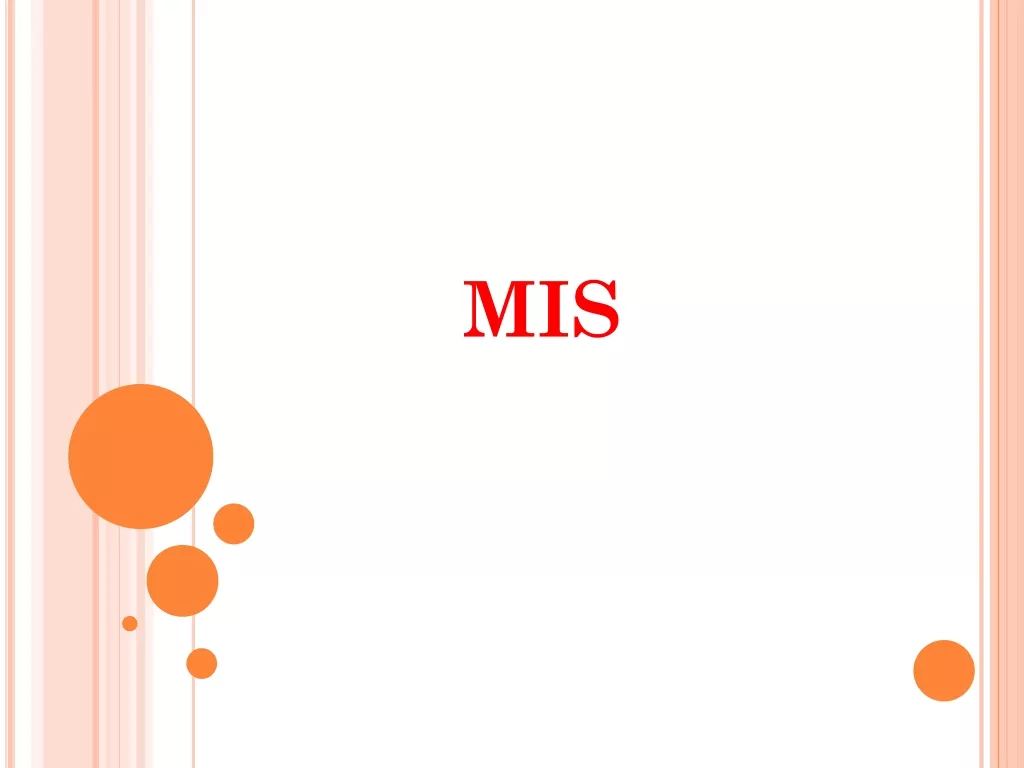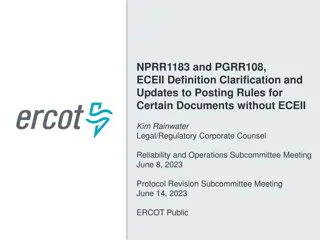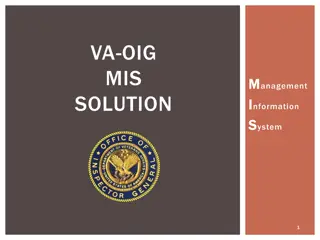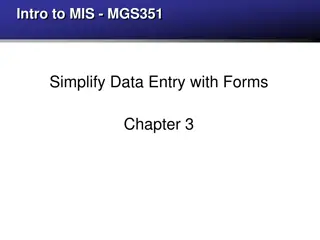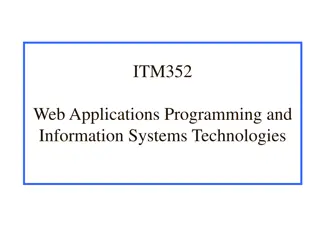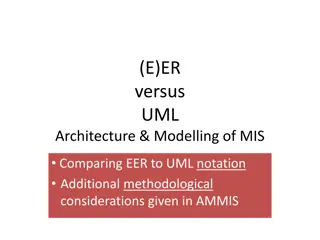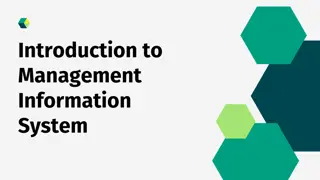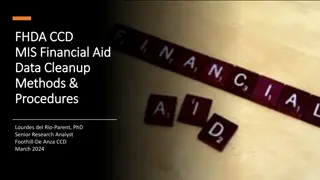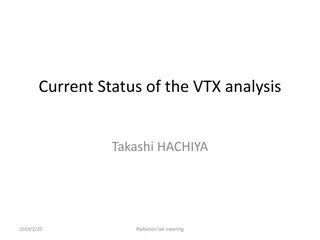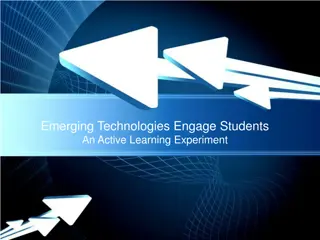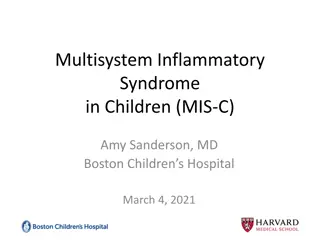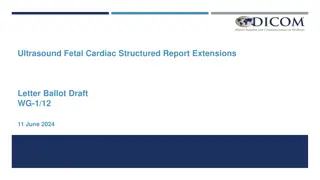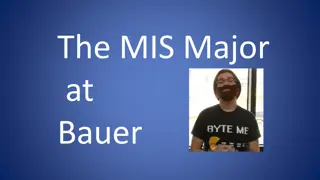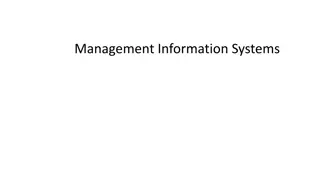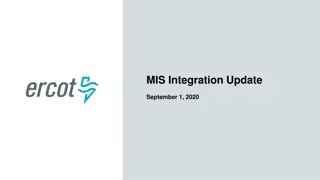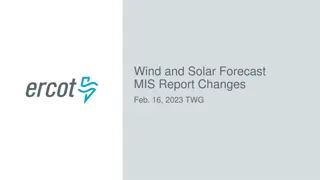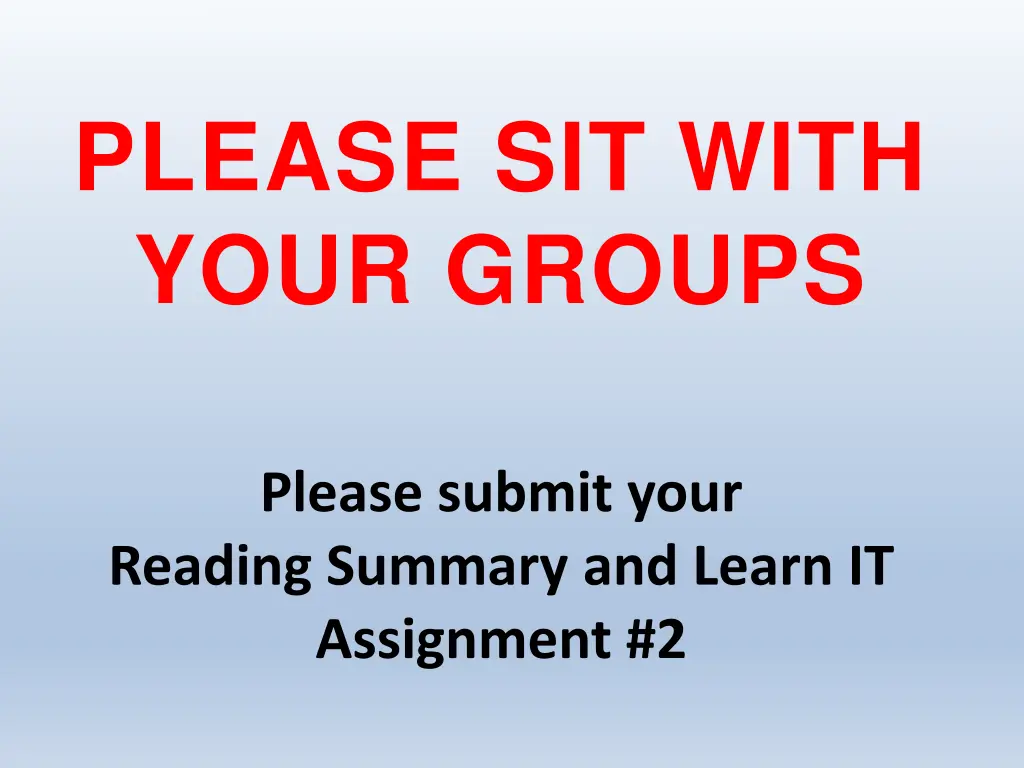
Understanding Web 2.0, Interactivity Evolution, and Cloud Technology
Explore the evolution of web interactivity from Web 1.0 to Web 3.0, delve into the impact of Web 2.0 on social and professional communication, and understand the concept and business implications of cloud technology. Discover the commonality among popular Web 2.0 platforms and the enabled business models in the cloud.
Download Presentation

Please find below an Image/Link to download the presentation.
The content on the website is provided AS IS for your information and personal use only. It may not be sold, licensed, or shared on other websites without obtaining consent from the author. If you encounter any issues during the download, it is possible that the publisher has removed the file from their server.
You are allowed to download the files provided on this website for personal or commercial use, subject to the condition that they are used lawfully. All files are the property of their respective owners.
The content on the website is provided AS IS for your information and personal use only. It may not be sold, licensed, or shared on other websites without obtaining consent from the author.
E N D
Presentation Transcript
PLEASE SIT WITH YOUR GROUPS Please submit your Reading Summary and Learn IT Assignment #2
MIS 5302 Managing Technology and Systems Week 4
What did you learn this week?
Discussion : Weekly Reading Summary 1. One key point you took from each assigned reading, including the case/assignment: one sentence per reading. 2. One key point you learned from the readings as a whole: one sentence maximum. 3. One discussion question that you would ask your fellow classmates: one sentence maximum.
Class Discussion: Network Enabled BUSINESS MODELS
Evolution of Interactivity Web 1.0 Web 2.0 Web 3.0 Non interactive One-way flow Interactive User generated The semantic web ?
Were in the middle of Web 2.0 Facebook Twitter Linkedin YouTube Flickr Squidoo delicious digg Blogging*
What do these all have in common? Social Media User generated content Facebook Twitter Linkedin Decentralized control Networks of users YouTube Flickr Squidoo Free delicious digg Blogging* Based on sharing information
What Web 2.0 means New ways to communicate socially Narrowcasting New ways to communicate professionally Self-promotion and networking For individuals New ways to communicate internally Locate expertise and knowledge sharing New ways to communicate externally Public relations, product promotion For organizations
The Cloud What is it? Why is it new? Why is it not new? What business models are enabled by the cloud?
Comparing Two Internet-Enabled Models E-Business The Cloud Using the Internet as a conduit for connecting businesses Using the Internet to access hosted services B2B Electronic Data Interchange Amazon.com Netflix Dropbox
Breakout Session + Discussion: Business Models around Digital Content RADIOHEAD Music at your own price
RADIOHEAD In groups, discuss the following questions (think back to the ideas in Christensen s "Meeting the challenge of disruptive change ): - How did Radiohead sell their album In Rainbows ? Was it successful? What problems could this create for other artists? - How have other musicians responded to the concept of FREE? - What examples can you provide of musicians finding new opportunities or creating new business models using digital platforms? - Compare the disruptive effects of digital content in the music and book publishing industries. What are the similarities and differences? - What signals of change did Amazon respond to in creating the Kindle? - Why do you think it was more difficult for the record labels to respond to their own signals of change?
Breakout Session + Discussion: Business Models around Digital Content In the Next Industrial Revolution, ATOMS ARE THE NEW BITS
In the Next Industrial Revolution, Atoms Are the New Bits In groups, discuss the following questions: - How has digital production and manufacturing changed business models? - How does this change traditional concepts of organizational boundaries? - What industries could be positively or negatively impacted by this change? - Is this a disruptive technology? Why or why not? - How does this reflect a Flatter world?
Discussion: Learn IT #2 1 HOUR OF CODE
ONE HOUR OF CODE 1. Has your view of computer programming changed after completing an hour of code? 2. Some people say that every student should learn to code. Do you agree or disagree? 3. What are 3 key things you learned? 4. Are you likely to use this resource again? Would you recommend it to others? Why or why not? https://www.youtube.com/watch?v=nKIu9yen5nc
Next Week: Case #2 Open Innovation at Siemens See the course blog for format + questions 1. If you were in charge of open innovation at Siemens, what metrics would you use to measure your success? Which metrics would you favor if you were a Siemens board member. 2. What do you think Siemens should do next? Are there specific open innovation initiatives that should be changed, dropped, or retained? 3. Using the Siemens case as an example of pros and cons of open innovation, what should a company consider if it is considering doing something similar?

